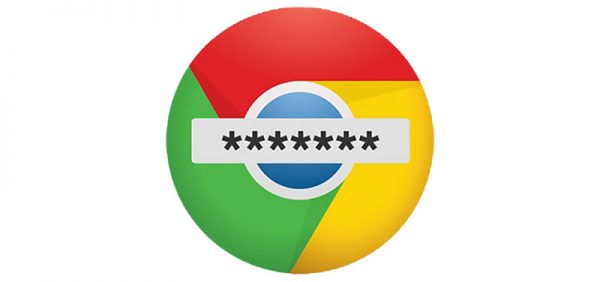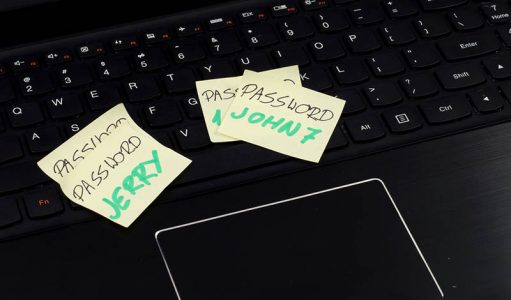How to Teach Kids to Use Passwords Properly

When it comes to protecting your online accounts, nothing is more crucial than having a strong password. It doesn't matter if we're talking about your social media accounts, cloud backup or your bank account, remembering all of your various passwords is a critical, yet sometimes not as easy as it sounds. Despite that, passwords remain your first and best defense against hackers.
With that said, we need to educate our children on the importance of maintaining good password habits. We have a few suggestions that might make explaining these things to your kids simpler and easier:
Table of Contents
Stress the importance of a strong password
Explain to your kids that your passwords should include capital letters, numbers, as well as special symbols. Tell them that the longer their passwords are the better. Long and complex passwords will protect their online accounts from brute force attacks by hackers.
Explain the dangers of entering a password on a public computer or someone else’s device
Sometimes when you use a public computer (like a school computer or work computer) you forget to log out of your accounts. This is dangerous because anyone who uses the machine after you can open your accounts, change passwords, send messages, and do all kinds of damage.
Also, who knows what kind of malware might be lurking in that computer. A keylogger could easily capture your user credentials and transmit them to a hacker.
Encourage them to update their passwords
One of the most effective things you can do to keep your online accounts safe is to update your passwords, yet it's not a very common practice amongst most people. Tell your children to change their passwords across all of their platforms at regular intervals. This will reduce the chances of getting hacked.
Also, stress to them that they should never re-use passwords or use the same password for multiple accounts, because if one account is compromised the others will follow.
Teach your kids about remote data wiping features
All the good password habits in the world can't protect you from losing your smartphone. Fortunately, pretty much all smartphones have the option to wipe your data remotely as long the device is active and connected to the internet. You can always restore your data if you backed it up on the cloud or on a physical storage device, like an external hard disk or flash drive.
Use Two-Factor Authentication
We've spoken many times about the benefits of two-factor authentication (2FA) before, but in case you're not familiar with it, 2FA will add a second layer of protection to your account. Two-factor authentication forces anyone attempting to log in to perform an extra step to verify it's you. This extra step can be something like a text message you get on your phone, for example. Even if someone steals your password they still won't be able to log in to your account without your phone number.
Teach them to never use real dates, names or other private data when creating a password
This one is pretty straightforward. You should never use any words or numbers associated with you, like your birthday, in your passwords. Why? Because someone who knows your birth date can figure it out.








